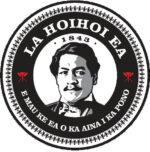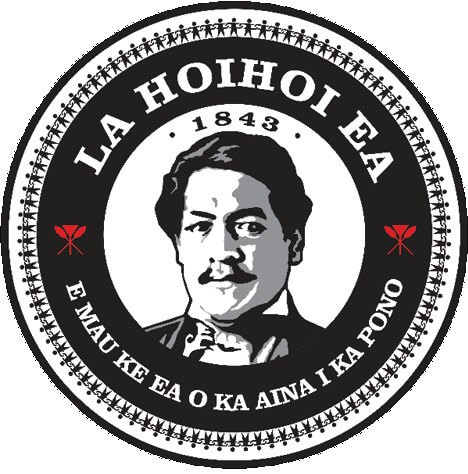 July 31 is Lā Hoʻi Hoʻi ʻEa in Hawaiʻi! Established by Kauikeauoli (King Kamehameha III), Sovereignty Restoration Day is a national holiday that commemorates the return in 1843 of Hawaiʻi to the rightful Hawaiian government after it was seized by the United Kingdom. He declared, “Ua mau ke ʻea o ka ʻāina i ka pono,” the life of the land is perpetuated in righteousness. E mau a mau!
July 31 is Lā Hoʻi Hoʻi ʻEa in Hawaiʻi! Established by Kauikeauoli (King Kamehameha III), Sovereignty Restoration Day is a national holiday that commemorates the return in 1843 of Hawaiʻi to the rightful Hawaiian government after it was seized by the United Kingdom. He declared, “Ua mau ke ʻea o ka ʻāina i ka pono,” the life of the land is perpetuated in righteousness. E mau a mau!
Many Native Hawaiians recognize this day — and not July 4 — as our independence day.
From 1843 to 1893, Lā Hoʻi Hoʻi ʻEa was observed throughout Hawaiʻi nei with games, speeches, and much festivity. But in 1893 when the Hawaiian kingdom was overthrow in a coup dʻetat by American businessmen, our day of independence was banned. As this yearʻs co-organizer, Imaikalani Winchester, writes, “like our mother tongue, our national memory was torn from us.”(“Ea Mai Ka Lahui,” Ka Wai Ola O Oha.)
Then in 1986, in an effort led by activist Dr. Kekuni Blaisdell, Lā Hoʻi Hoʻi ʻEa was brought back, starting with a gathering at Thomas Square in Honolulu. The Honolulu Advertiser announced the event in a small paragraph buried in the newspaper. The event, the article promised, was a two-hour potluck picnic, a flag-raising ceremony, and talk story sessions.
Today we celebrate throughout the pae ʻāina and across the globe, and our kūpuna and the painful truth of our collective history.
Mahalo nui to all of those who continue to share their aloha and their manaʻo with us all.
For a list of this yearʻs events, visit the Lā Hoʻi Hoʻi Facebook page.



